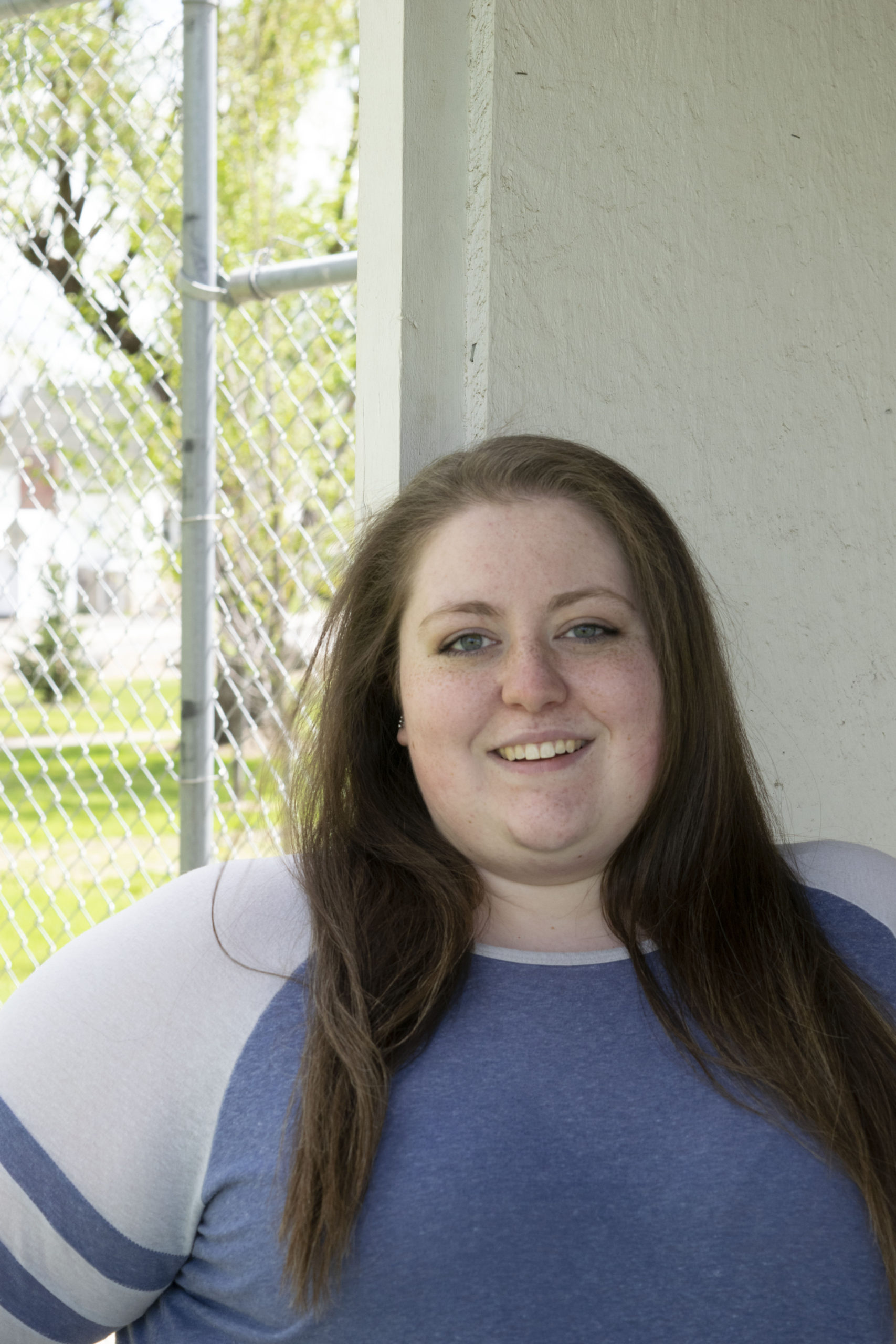With this coming quarter emerging from fall quarter’s shadow, so too are its characteristic weather conditions. This means a general Washingtonian winter is headed our way for the next few months. With Monday, Dec.2, allowing for new student’s first look at what slightly snow-slicked sidewalks meant for class-to-class travel.
Although Students shouldn’t fear, because two individuals continually look out for the campuses, including John Gillete, Community Colleges of Spokane’s director of facilities, and Spokane Falls’ own president, Dr. Kimberlee Messina.
Gillette expressed his concern for student safety during harsh winter months.
“Our facility staff take that -the issue of having parking lots clear- very seriously. We start at night, sometimes at 10 p.m. the night before. Our goal is to get snow removed by 7 a.m. in the morning,” Gillette said. And he wants students to realize that snow is not always easy to predict. “Both campuses take six to eight hours to do a full snow removal…If snow comes in late, it’s a challenge for us to get the snow removed before students start showing up, but that doesn’t mean we don’t try.”
The student population often takes up arms against frost-bitten days that skate by without a cancellation.
And Messina, in an interview on Nov. 4, said she understands how the snow day decisions can be problematic and frustrating for students, especially those acting as parents while trying to receive their education.
“So for example, say SPS cancels. And so, if you’re a student but you’re also a parent…you’re trying to juggle the fact that your kids are not in school, but you’re in school. So, it can be pretty problematic,”
Select students were even frustrated about the lack of a cancellation for fall quarter’s only storm. Oct. 9, saw a lowered attendance, due to the south hill being covered in tree branches because of a smaller second coming of the famous wind storm. This left students and staff to self-delegate, meaning they would have to decide for themselves and their students whether or not travel was safe.
Gillete thinks this is a great solution to the cancellation question. “This isn’t a K-12 environment, where students must come to a classroom and be there, present with their instructor to receive instruction,” he said. “ The faculty have the latitude to cancel class on their own. They have the latitude to do the class remotely,”
It is also important to note that there is no guaranteed or automatic snow day. When asked about any circumstances that immediately called for a cancellation, Gillete said there was none, so students shouldn’t get their hopes up about a certain amount of snow, or particularly large storms as they have no effect on if days are cancelled or not.
The snow day policy is a set of guidelines that dictate the chancellor has the final say but should consult with Gillete and local districts, before making her decision.
“According to the procedure, the decision is made in the very early morning hours. And I understand that the chancellor starts consulting with with the PIO, the CAO, the college presidents of EWU and WSU, the SPS district, Mead School District, and etc. And then by 5 a.m., the chancellor needs to make a decision on whether she’s gonna suspend operations and close the campuses.”
In fact it seems cancellations are sometimes very rarely called. The reason for this is financial.
“As I understand it, there is a funding model for the state community college and technical college system,” Gillette said.
“You’re required to meet so many days a year. And so if days are canceled, that’s a day that has to be extended.So let’s say we have a really bad snow year. Like, it could be that we want to cancel, cancel, cancel, cancel, cancel, because that’s where the weather put us. But we know that that’s probably not going to work out for us. Not going to be a benefit to us when it comes to the funding model…The desire is to keep campuses open as much as possible, and allow faculty members to make the decision,”
Gillete and a majority of the facilities crew have specific procedures, when it comes to campus roads. They have everything you could think of to take care of snow, and continue to do research to provide students with the safest and most sufficiently clean roads.
“So we’re always trying to find new methods to remove snow… It’s not an art, it’s a science, really it is. there’s a certain range where you would apply an de-icer. And when do you do it? before the snow even comes? Because that keeps it from sticking and actually melts some of it as it’s coming down.”
Gillette describes the snow removal process as such. Standard procedure is to plow and apply salt. But facilities started applying liquid de-icer to surfaces, he said.
“We’ve gone to a calcified sand product,” Gillette said. “We’re starting to use power brooms where we sweep the sidewalk…”
Gillette says the team also reviews campus accident reports.
“So this winter, we will start getting people that slip and slide on ice. We take those very seriously,” he said. “We look at those and say well, where are they at? Are they in shaded areas? Are they- the incidents- concentrated? Have we piled a pile of snow there and it’s melted off. Into a slippery ice patch?”
Finally, Gillete revealed he and his teams are very concerned when conditions get risky.
“We want no one to fall,” Gillette said. “That’s our goal. Our goal is, is it’s not a money issue. It’s not a budget issue. We believe that we have an obligation to do our very best to make conditions safe for students and staff.”
